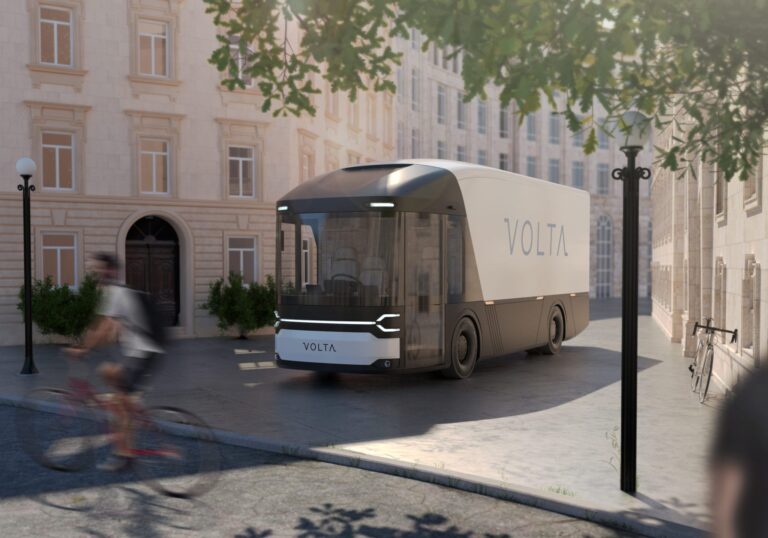Carl-Magnus Norden, founder of Volta Trucks, outlines why fleet owners now need to help meet the public and governmental demand for cleaner and safer urban delivery solutions.
In 2019 pollution and climate change made headlines and front pages of major newspapers on a daily basis. At the start of this year, The Lancet published a new study showing that even low levels of air pollution can increase the likelihood of cardiac arrest.
In my opinion, horror stories of air pollution’s catastrophic effects on the environment and individual health will likely continue to make headlines for many years to come.
However, the past 12 months have seen one industry – with potential to dramatically reduce air pollution and emissions – make significant progress: the electric vehicle industry.
Electric cars have become mainstream and at last we have seen the first signs of market movements for zero-emission delivery vehicles.
Recently, UK-based Arrival raised an impressive €100m in investment from Kia and Hyundai to supercharge its electric van business, and this month it announced an order of 10,000 vans from UPS.
This news comes only months after Amazon placed an order for 100,000 electric delivery vans from US-based automotive company Rivian (in which Amazon has also invested).
While this is a development to be delighted about, moving all last-mile transport to smaller trucks and vans would greatly contribute to congestion and cannot serve the full need for greener deliveries. Still, there has been very little action when it comes to the electrification of heavy goods vehicles (HGVs).

HGVs play an important role in cities, supplying shops and businesses with larger and heavier goods than vans can take, and with capacity that allows for more efficient deliveries.
But diesel HGVs are causing not only severe air pollution and noise levels, but also traffic hazards due to their size and the poor vision granted to the drivers by the design of a typical HGV cabin.
These problems are ones that cities in the UK are keen to solve with regulations currently being rolled out, and it is London that’s leading the way.
From 26th October 2020, Low Emission Zone standards in London will become tougher for trucks and other larger vehicles such as buses and vans, as some of the largest polluters in the city.
Not only is the capital looking to put an end to dangerous pollution but also to serious accidents caused by the huge numbers of trucks passing through urban areas.
According to TfL and the Mayor of London, 25% of pedestrian and 63% of cyclist fatal collisions between 2015-2017 involved a HGV.
It is therefore heartening to see the Mayor’s and TfL’s Vision Zero approach to reducing road danger, resulting in the Direct Vision Standard scheme coming into force across London in 2020. This will rate HGVs based on the level of direct vision a driver has through the windows of the cab, and ban vehicles that do not meet the safety standard, from operating in Greater London.
So, the picture is clear to most of us; climate change is real, and delivery vehicles are some of the worst polluters. Cities like London are taking action to prevent the oldest vehicle fleets from causing harm to the environment and individuals, and the opportunity to be a positive force for change is up for grabs.
Now, fleet owners need to help meet the public and governmental demand for cleaner and safer solutions. Many UK retailers are working on ‘green agendas’ and some are dabbling with more sustainable delivery options, but we are yet to see real change out on the streets.
Companies and fleet operators need to heat up the EV market, not the planet!
 Want to learn more about how the latest advances in sustainable transportation are transforming urban logistics and last-mile delivery? CiTTi Exhibition takes place on the 3rd and 4th of June at Coventry’s Ricoh Arena. Register your interest to attend at www.cittiexhibition.co.uk
Want to learn more about how the latest advances in sustainable transportation are transforming urban logistics and last-mile delivery? CiTTi Exhibition takes place on the 3rd and 4th of June at Coventry’s Ricoh Arena. Register your interest to attend at www.cittiexhibition.co.uk





